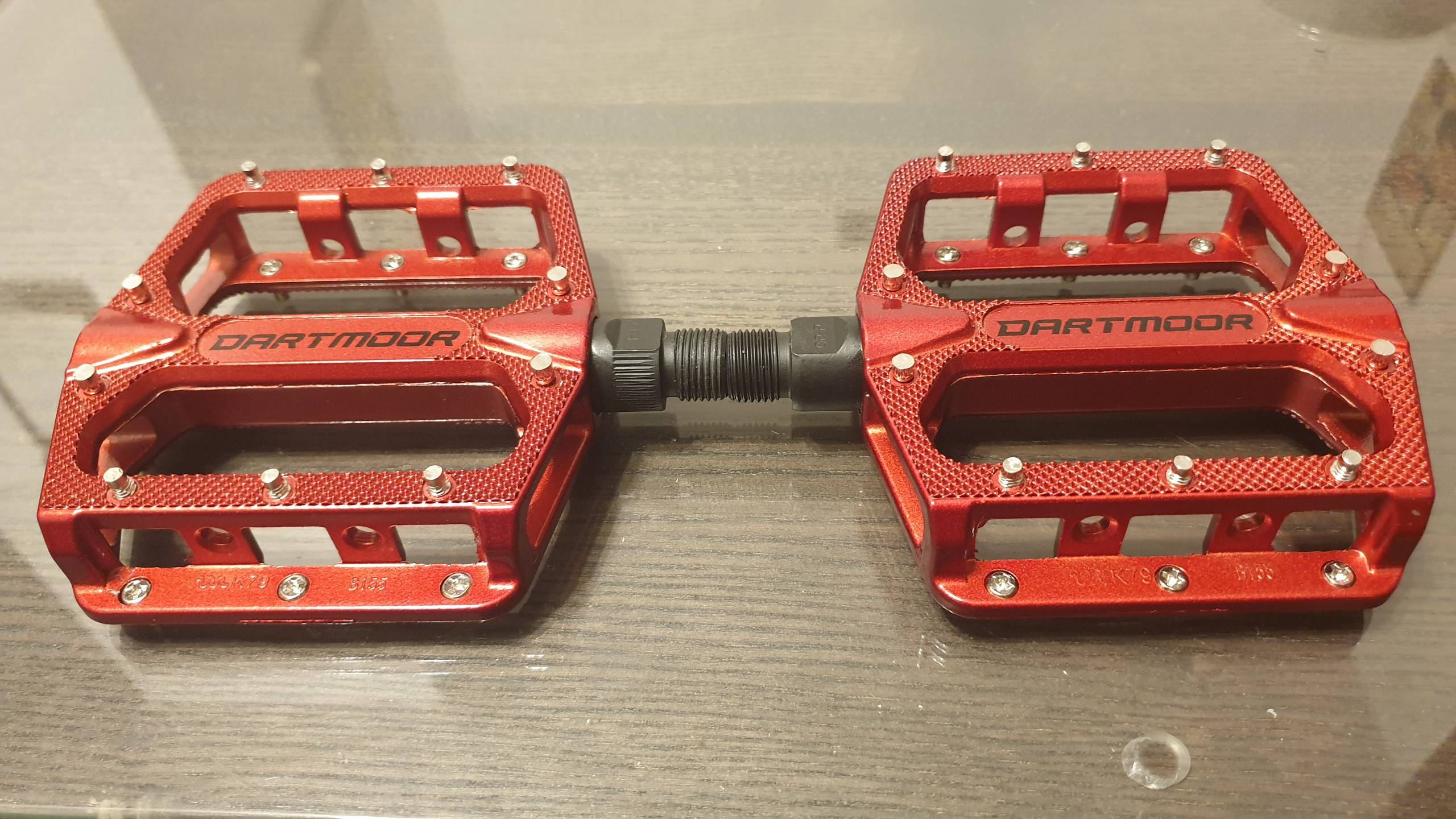As seen below, I got a paper slip telling me not to use my new pedals on indoor equipment. I don't want to anyway, but I wonder — if threads would fit, is there any real reasons not to do it? Probably there is, because they wouldn't limit their own market without a cause, but what reason is it?
Silvery studs on pedals are fully removable.


